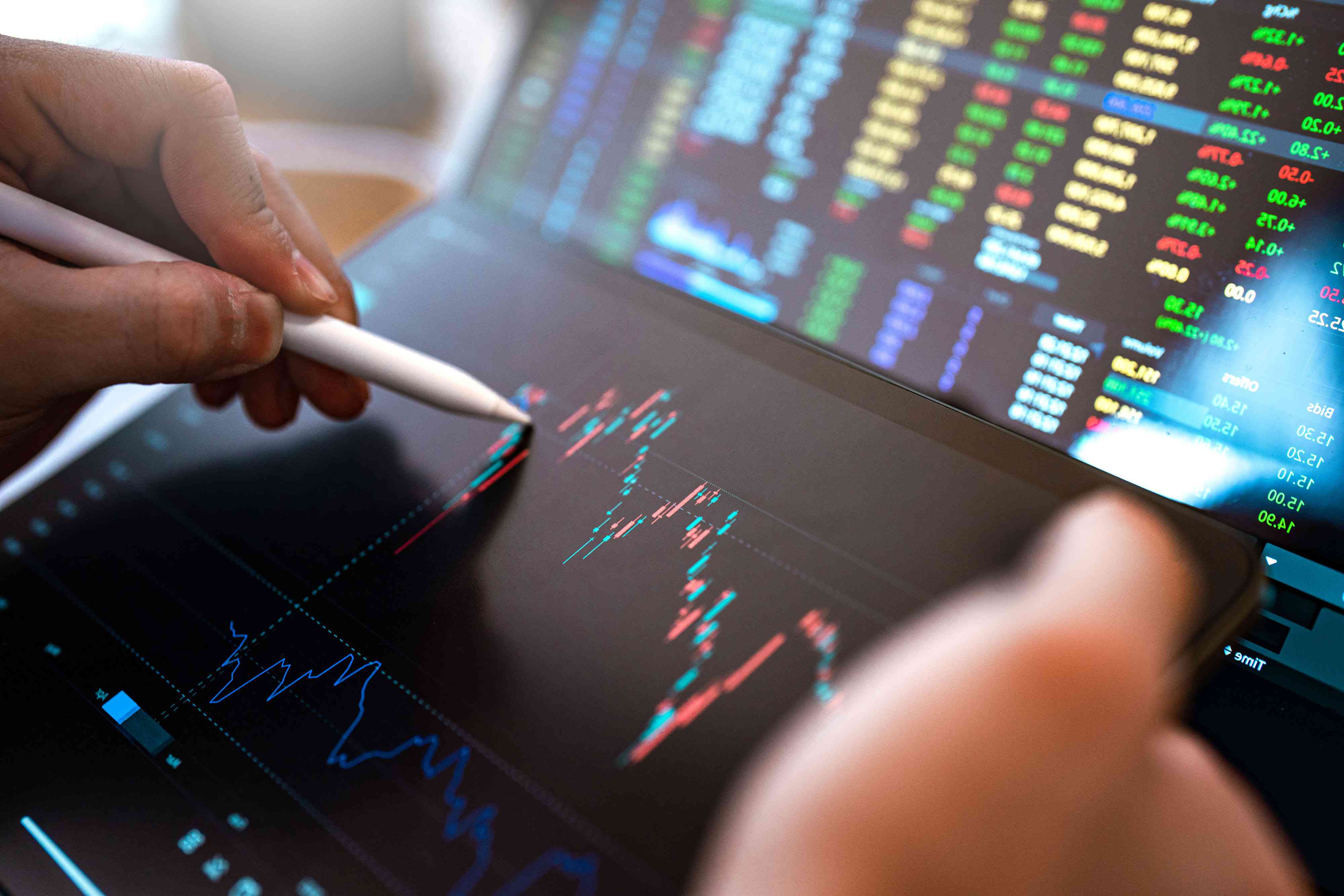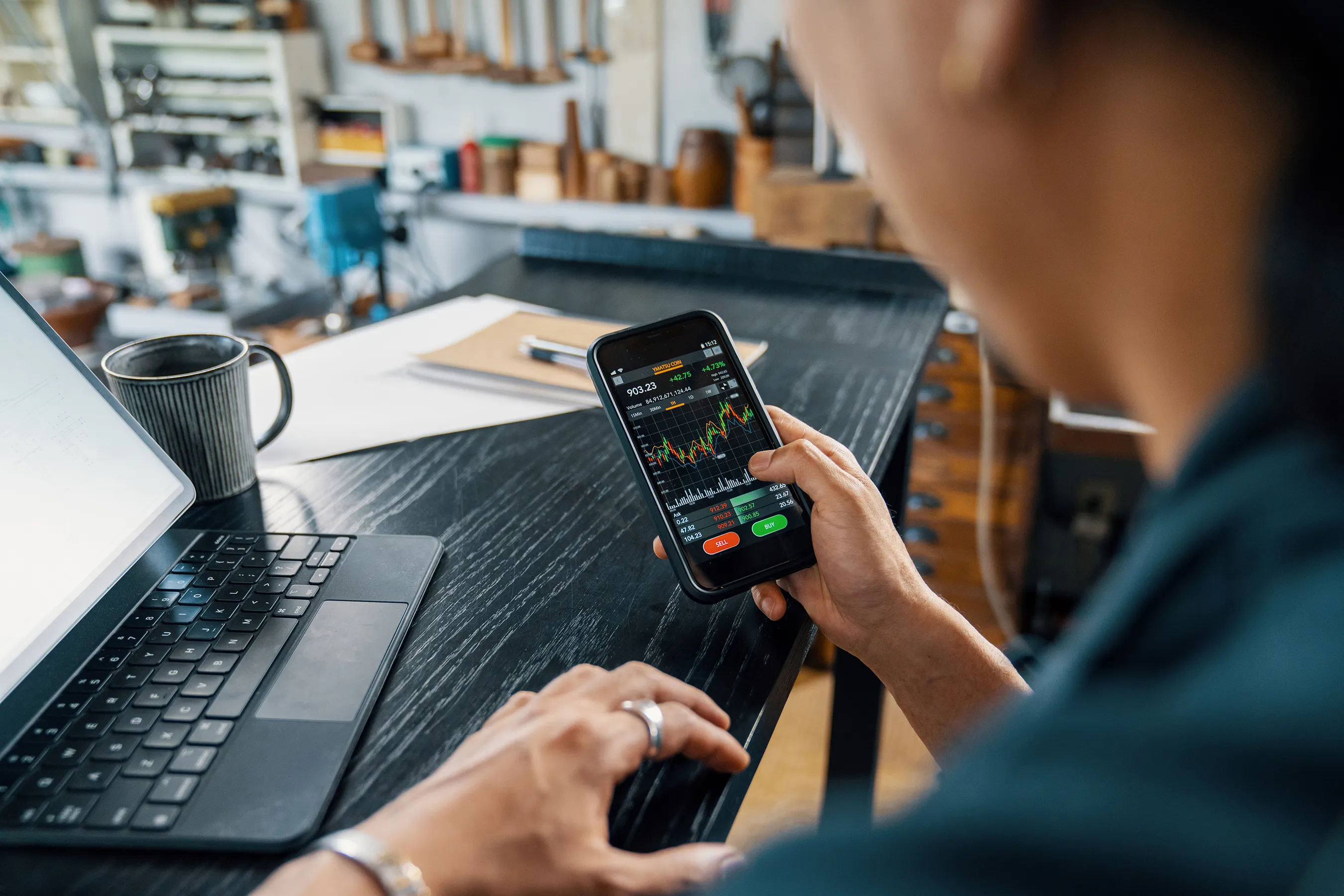As we venture into 2025, the landscape of trading simulators is undergoing a profound transformation, one that intricately weaves advancements in technology with the evolving needs of both novice and seasoned traders. The convergence of artificial intelligence, augmented reality, and real-time data analytics is pushing the boundaries of what these simulators can offer, creating immersive and highly personalized experiences.
No longer merely tools for practice, trading simulators are becoming vibrant ecosystems where users can experiment with strategies, replicate market conditions, and glean insights that were once relegated to professional trading floors. In this article, we explore the pivotal trends defining this dynamic industry, examining how they are reshaping the way traders learn, adapt, and make decisions in an increasingly complex financial world.
As we unlock the potential of 2025, the future of trading simulators holds promise that is as exciting as it is pertinent for anyone looking to navigate the intricate tapestry of global markets.
The Rise of Virtual and Augmented Reality in Trading

The integration of virtual and augmented reality (VR and AR) into trading has transformed the landscape, offering immersive experiences that were once the realm of science fiction. Picture traders donning VR headsets, stepping into a 3D simulation of bustling stock exchanges or dynamic crypto markets, where they can visualize data in ways that transcend traditional charts.
This radical shift not only enhances engagement but allows for sophisticated analysis through interactive models, enabling traders to manipulate variables in real time. Meanwhile, AR overlays real-time market data onto the physical world, letting investors strategize while maintaining awareness of their environment.
Adding another dimension to this technological evolution is the depth of market tool, which provides real-time insights into market liquidity by displaying buy and sell orders at various price levels. When combined with VR and AR, the DOM tool allows traders to interact with detailed market data in an intuitive and visually compelling format.
By incorporating these advanced tools, traders can simulate and strategize in dynamic environments, refining their skills with unparalleled clarity and precision. As we advance towards 2025, expect these technologies to blur the lines between digital and tangible, empowering traders to make informed decisions with unprecedented confidence and agility.
The rise of VR and AR in trading stands as a testament to innovation, fundamentally redefining how we interact with financial markets.
Increased Integration of Cryptocurrency and Blockchain

As we catapult into 2025, the landscape of trading simulators is rapidly evolving, with the integration of cryptocurrency and blockchain technologies taking center stage. Imagine a platform where virtual trading isn’t just a practice run but a real-world simulation that reflects the pulsating energy of the crypto market—where users can experience instantaneous transactions, harness smart contracts, and even engage in decentralized finance (DeFi) protocols, all within a simulated environment.
This convergence not only heightens the realism of trading experiences but also paves the way for unprecedented educational opportunities; users can learn to navigate market volatility, explore digital assets, and analyze complex blockchain data—all without facing the financial repercussions of live trading. As these advanced technologies become more embedded within trading simulators, participants will find themselves mastering skills that will not only sharpen their trading acumen but also prepare them for a future where crypto and fiat markets intertwine seamlessly.
The transformation is underway, and it’s nothing short of exhilarating.
The Role of Big Data Analytics in Simulating Market Scenarios

In the rapidly evolving landscape of trading, big data analytics is revolutionizing how market scenarios are simulated, providing traders with unprecedented insights and predictive capabilities. By harnessing vast amounts of market data—from historical price movements to real-time social media sentiment—trading simulators are now capable of creating highly realistic and dynamic market environments.
These simulations dont just mimic past market reactions; they incorporate complex algorithms that analyze patterns and trends, anticipating potential future movements with remarkable accuracy. For instance, a seasoned trader might find themselves navigating a simulated market that mirrors the volatility of a sudden geopolitical event while also considering algorithmically generated forecasts of investor behavior.
The ability to test strategies under these multifaceted conditions enables traders to refine their tactics, embrace new opportunities, and mitigate risks. As we inch closer to 2025, the synergy of big data analytics and trading simulators promises to deliver tools that are not only innovative but indispensable in the quest for trading success.
Conclusion
In conclusion, the future of trading simulators is poised for a significant transformation driven by emerging trends and advancements in technology. By 2025, we can expect a more immersive and interactive experience for traders, fueled by innovations such as artificial intelligence, virtual reality, and enhanced data analytics.
Tools like the depth of market feature will become increasingly sophisticated, offering users a clearer view of market dynamics and enhancing their decision-making capabilities. As the industry evolves, it will not only attract new traders but also support seasoned professionals in refining their strategies.
Embracing these trends will ultimately lead to a more accessible and user-friendly trading environment, empowering individuals to navigate the complexities of the financial markets with confidence.


